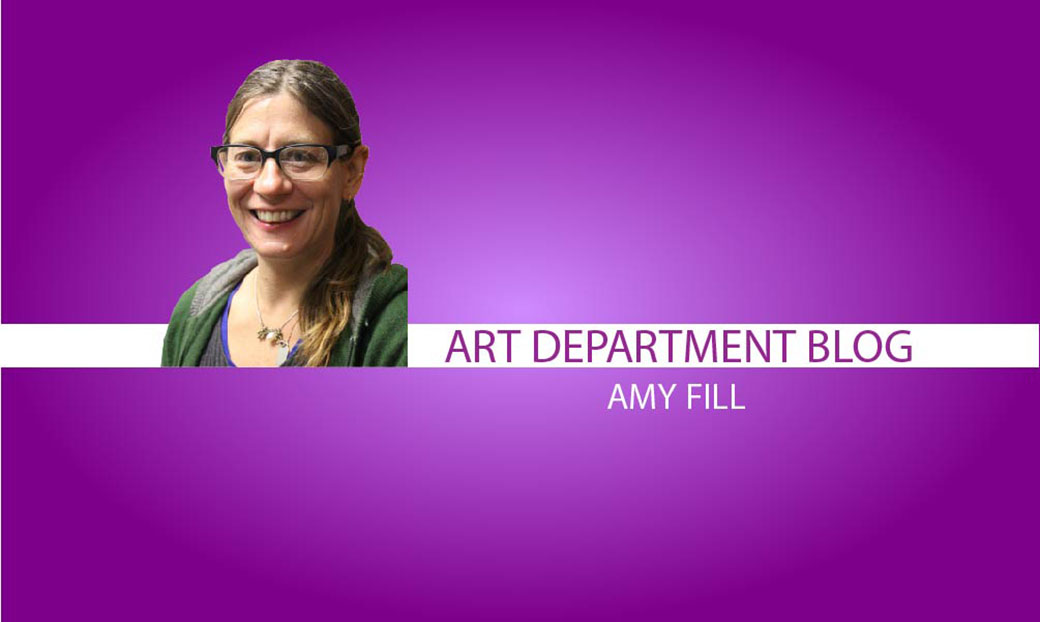
USD students experience art culture in New York City
Over spring break, 18 University of South Dakota art graduate and undergraduate students — including myself and another anthropology major — spent 10 days in New York City touring various art exhibits.
Sarah Sik, assistant professor of art history, was our adviser, and any student who has taken a class with Sik has had the great experience of her dynamic and inspiring lectures and creative approach to teaching.
Over the course of the break, Sik shared her incredible and diverse knowledge of the galleries and museums of New York, art history and her passionate love for travel.
In the city, we walked about 12 miles a day and visited landmarks such as Times Square, Rockefeller Center and Central Park. We went to Brooklyn, Queens and the Chelsea district. We visited the Leslie Lohman Museum of Gay and Lesbian Art, the Jewish Museum, the Metropolitan Museum of Art, the Museum of Modern Art, the Guggenheim and the Dia:Beacon, which was an exceptional highlight for me and my research.
I presented my research on the topic of Minimalism to our class in the lobby of the Dia:Beacon museum. This experience was simultaneously intimidating and exhilarating. Being in person with artworks that I have studied and have only seen as reproduced images allowed me to experience the nuances of color, texture and form that can only be experienced when sharing the real space with the artwork.
The Dia:Beacon in Beacon, NY, is a museum that displays artworks created in the 1960s and beyond. The building is a renovated Nabisco box factory. This industrial space, with its factory style windows, concrete floors, brick walls, and exposed beams and rafters is a perfectly appropriate venue to experience the Minimalist artworks the museum presents.
Minimalism is a style that emerged in the early 1960s as a response to the expressive artworks of the Abstract expressionists works of artists such as Jackson Pollock.
Minimalist artists reduced artwork down to a basic structure, removing the artist’s expressive use of subject matter and mark. The artists use industrial materials such as plywood, glass, steel and fluorescent light tubes as their mediums.
The Minimalist artists such as Dan Flavin, Sol Lewitt and Richard Serra were adding to the conversation that Marcel Duchamp began — non-art materials of our industrialized society not only could be seen as artwork, but mass produced materials in themselves could speak about modes of production and the factory line and how that relates to our western society.
Another highlight of our trip was seeing “The Plains Indians: Artists of Earth and Sky” special exhibition at the Metropolitan Museum of Art.
As a research assistant for the University Art Galleries, I have become familiar with the UAG’s extensive and growing collection of Northern Plains artwork, the paintings of former USD art faculty and revered Sioux artist, Oscar Howe.
It was extra special to see Howe’s work in the Met, along with other notable native South Dakota artists, like Arthur Amiotte and Claire Packard, whose daughter Rayna was also on the trip. Even though we were more than a thousand miles away from South Dakota, this exhibition was a piece of home.
In 10 days time, we were provided the opportunity to experience artworks and artifacts from early civilizations, from the Quattrocento and artworks that are being created and defined now. The Art and Art History in New York City experience has left a lasting impact on me.

